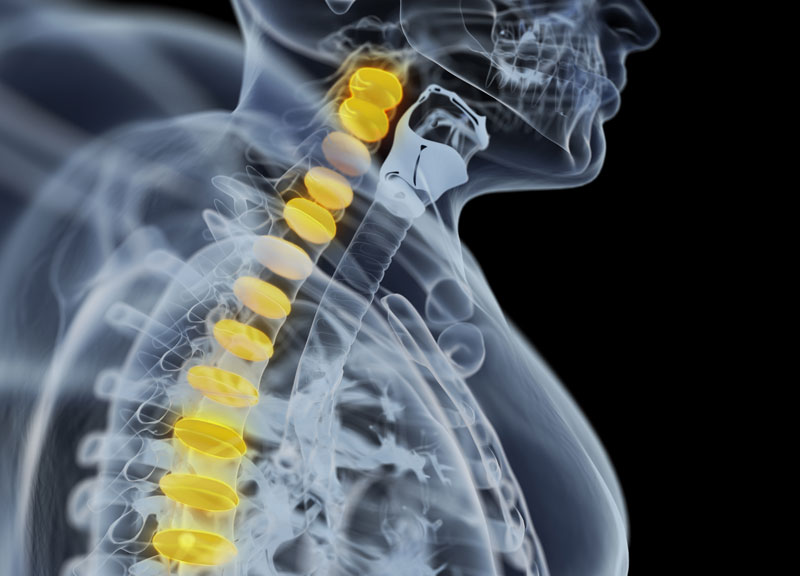More then 80% of the general population will suffer some form of lower back pain during their lifetime. Many cases of lower back pain are linked to a general cause—such as injury, muscle-strian, or can be attributed to a specific condition of the spine, most common ones include:
- Osteoarthritis
- Degenerative Disc Disease
- Herniated Disc
- Spondylolisthesis
- Spinal Stenosis
There are number of less common conditions which can cause lower back pain as well. These include:
- Spinal Tumors
- Sacroiliac Joint Dysfunction
- Fibromyalgia
- Piriformis Syndrome
Since many episodes of lower back pain are self-limiting, it is often recommended for patients to employ back care individually and early in the course of lower back pain.
In many cases, initial back care for lower back pain should center on a combination of:
bedrest being limited to one to two days.
Over the counter Pain medication, such as acetaminophen or ibuprofen.
Applying ice and/or heat on the lower back to help decrease inflammation.
Gentle stretching is also an advisable form of lower back pain treatment. The sooner that a patient can return to their normal daily functional activities, the sooner the lower back pain will get better.
Walking is an excellent exercise for lower back pain. Walking is gentle on the back and can help provide oxygen to the soft tissues in the back which can stimulate a healing. If walking becomes too painful, water therapy or pool therapy is usually recommended. Water therapy can be beneficial for lower back pain as the water counteracts gravity and can support the patient’s weight in a controlled manner.
Sitting upright in an office chair or even driving can often aggravate lower back pain. These positions can load the back up to three times more than standing. Sitting in a recliner or in a reclining position, relieves pressure on the lower back and is usually the most comfortable position for patients experiencing a lower back pain episode.
When to Seek help from a Medical Professional
If symptoms do not improve within one or two weeks, medical attention should be sought from either the patient’s primary care doctor. The patient assessment begins with a history of the patient’s lower back pain and can includes questions such as:
- Where is the back pain specifically?
- Is there more lower back pain or more pain in the legs?
- How long has the lower back pain been present?
- What makes the lower back pain better?
- What makes the lower back pain worse?
- What back pain treatment have they tried?
A physical exam will also be performed to assess the patient’s nerve function and motion in the lower back. Sometimes imaging studies (such as an x-ray, CT, or MRI) will be recommended to better assess the anatomy of the patient’s back and determine the appropriate type of back care.
Combining all the information from the patient’s history, physical exam, and diagnostic imaging studies, the physician will recommend a course of treatment for the lower back pain. Usually, conservative or non-surgical treatments for the lower back pain will be initially recommended.
If conservative treatment fails, spine surgery may be a reasonable option to attempt to cure the lower back pain.




